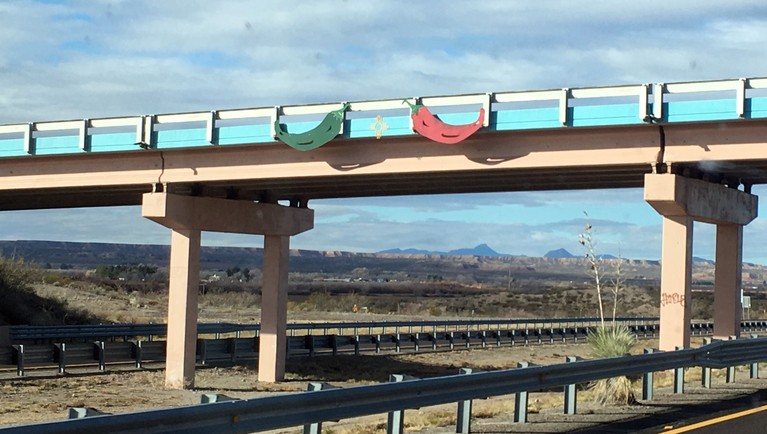We stayed in New Mexico for a couple of days so we could visit Bosque del Apache National Wildlife Refuge. Before the Rio Grande was dammed, this area regularly flooded. It attracted lots of migrating birds, especially sandhill cranes and snow geese. Afterwards, the migrant bird population dwindled to almost nothing.
Now, the area is managed for the birds. The fields are tilled to simulate the silt deposited by a flooding river, which encourages the native grasses to grow. Corn and triticale are planted as food for the birds. Then the fields are flooded and the corn is harvested. This is done one field at a time as the birds arrive and as they eat most of the crop already harvested. The results are spectacular: thousands of sandhill cranes and snow geese visit the refuge between November and January.
We signed up for a guided tour. Bob was very surprised to find that a former coworker, Sue Croyle and her husband Mike were our guides. They knew just where to find the wildlife, and pointed out many hawks, javelinas, turkeys, ducks and a roadrunner in addition to the geese and cranes. It’s rather difficult to photograph the birds without a long lens, but our snapshots give an idea of their numbers.
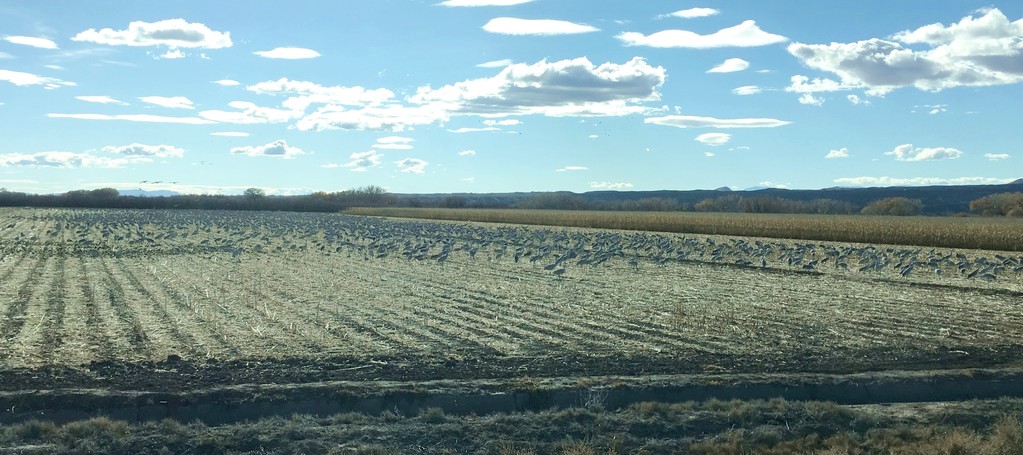
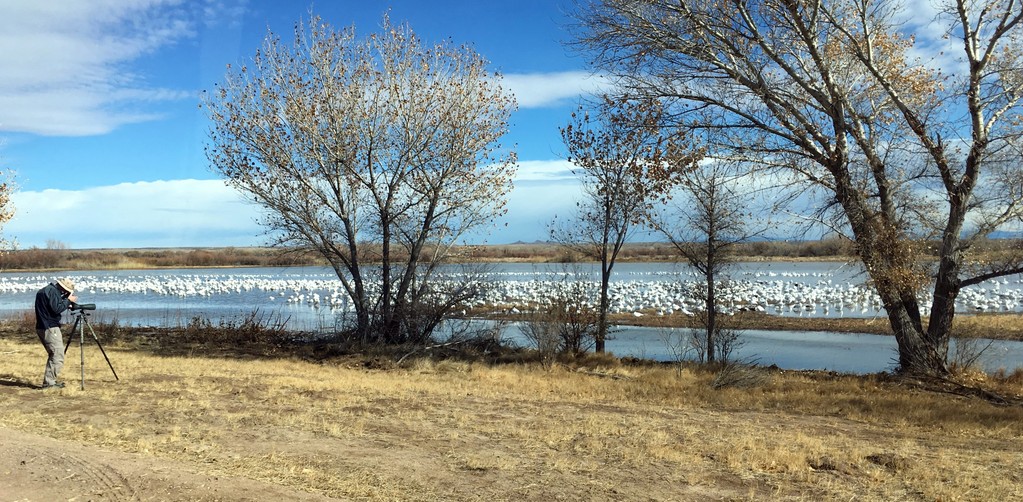
This video is representative of what we saw but couldn’t photograph.
After a wonderful day at the refuge, we drove south to Elephant Butte Lake, which was created by damming the Rio Grande. The area is now a state park, with a large campground and a marina which has been moved several times as lake levels dropped. The lake was 15% full when we visited. The town of Elephant Butte greeted us with some interesting decor.
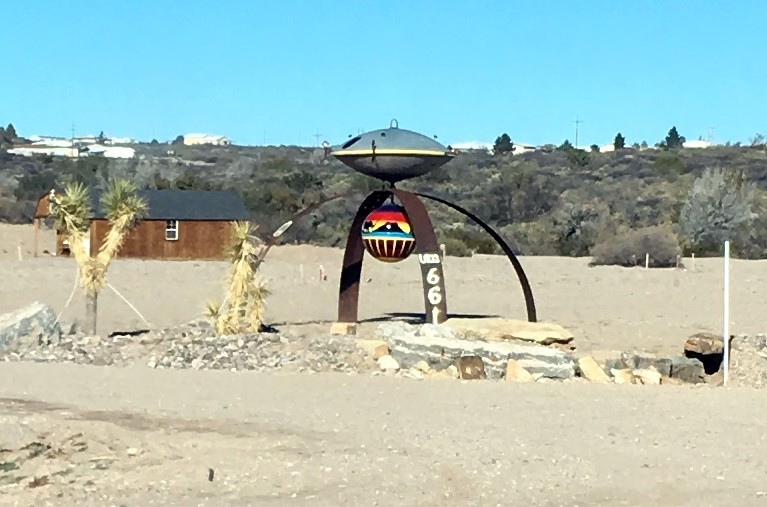
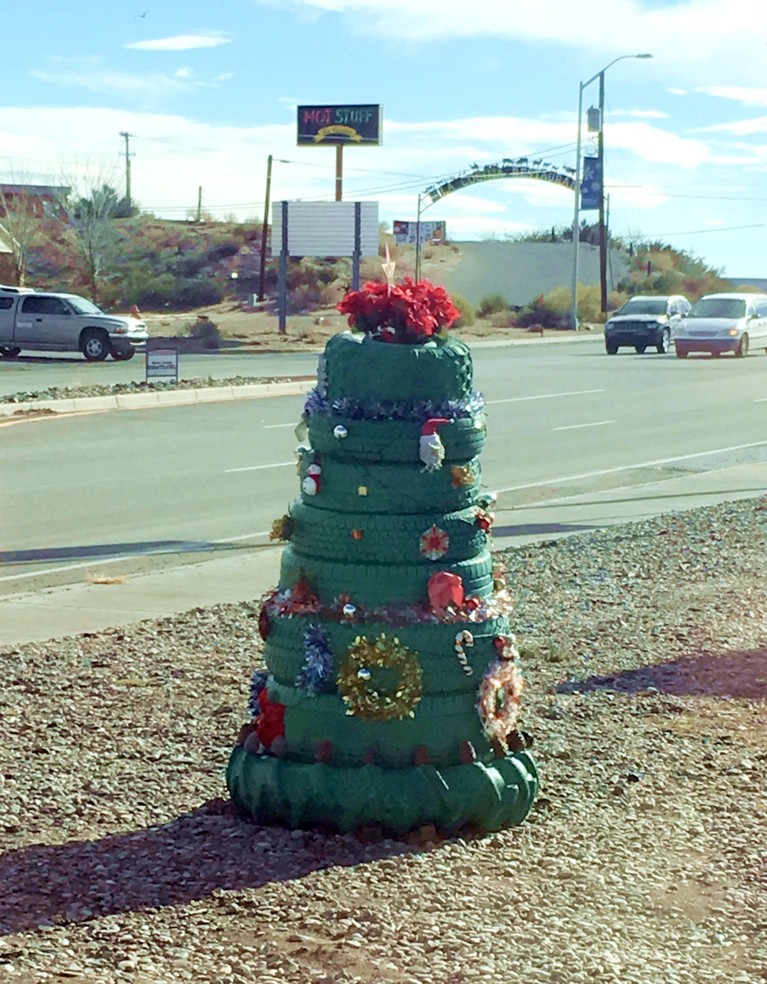
On the trip we passed through the town of Hatch, famous for its chiles.
